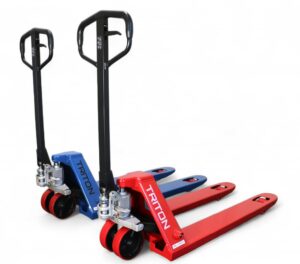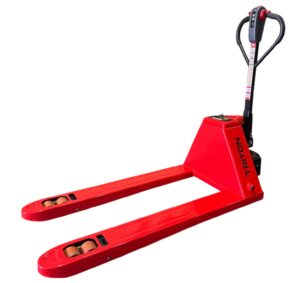The COVID-19 pandemic changed a lot of things about our everyday lives, but especially for people working in the logistics sector.
As more people turned to online shopping and general shopping habits changed among many consumers, the logistics and warehousing industries had to shift to keep up with consumer behaviours.
Here are just some of the ways that COVID-19 brought a change to warehouse management systems.
Decentralisation of warehousing locations
With quicker and next day shipping options being the most popular among customers ordering online, it’s no longer enough to have one central warehouse that contains all of your stock.
Many retailers are switching to having a number of smaller warehouses in various locations so they can be as close to the customer as possible and ensure the fastest delivery times.
Not only does this speed up delivery, it also reduces the risk of potential supply chain disruption affecting certain regions.
Automated warehouse systems
Noone could have imagined the tremendous challenges that have been faced by the logistics sector over the past year, and it’s required a lot of agility from many businesses.
Automation has been able to improve logistics drastically, providing solutions for warehouse management systems to establish the optimal floor plans, and assisting in maintaining efficiency between incoming orders and your warehouse stock.
Having an excellent warehouse management system is now an essential for any business in the logistics sector. It allows companies to optimise their workflows and can greatly improve productivity levels.
We are now starting to see even more innovation in this field, with technologies like voice-enabled order picking, real-time displays and Radio Frequency Identification (RFID).
Improved structure of inventory management
The final big change that we have seen since the start of the pandemic has been the need for better structured inventory management.
This came about as many warehouses were left with excess inventory, while some were left in a standstill position as they awaited new stock to arrive.
Clear and accurate inventory visibility has now become more important than ever. Warehouses need to have timely information that tells them how much stock they have in each location, and how much of it they have.
This information allows warehouses to provide fast and accurate order fulfilment, which goes hand in hand with an excellent warehouse management system.
























